Introducing your children to new experiences and seeing their delight and wonder is one of the joys of parenthood. From squelching your toes in mud to chasing after grasshoppers and butterflies on a summer day, these are the memories your children - and you - will cherish into their adulthood.
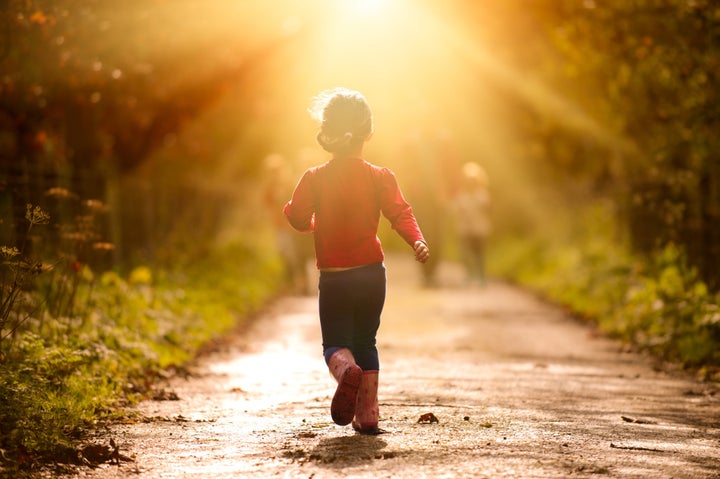
Being in the natural world brings excitement, life-enhancement and a chance to learn - when a child's interest is piqued by nature, they are open to discovering more. As Tim Gill, childhood play expert, explains so eloquently: "Climbing a tree – working out how to start, testing for strength, feeling how the breeze in your face also sways the branches underfoot, glimpsing the changing vista through the leaves, dreaming about being king or queen of the jungle, shouting to your friends below once you’ve got as high as you dare – is an immersive, 360-degree experience that virtual or indoor settings simply cannot compare with."
Yet our children are becoming increasingly sedentary, risk-averse and hemmed-in, with a knock-on effect on a whole generation's emotional, physical and mental resilience. It's been dubbed 'Nature Deficit Disorder'. A National Trust report, Natural Childhood, discovered that children spent so little time outdoors that one in three could not identify a magpie; half could not tell the difference between a bee and a wasp; yet nine out of 10 could recognise a Dalek.
We certainly don't want the wonders of nature exterminated from our children's lives, so let's get out and enjoy it together.
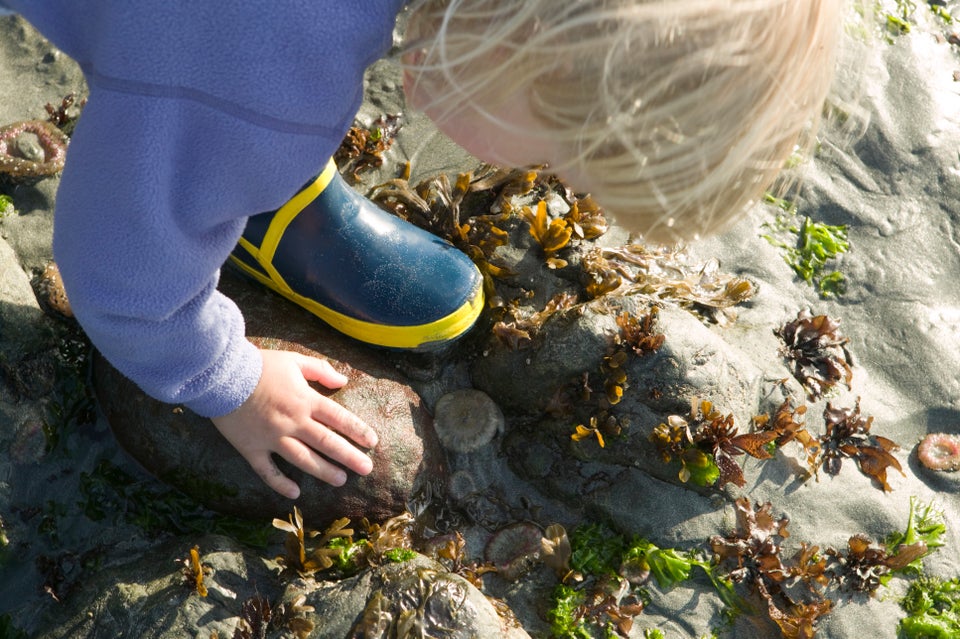


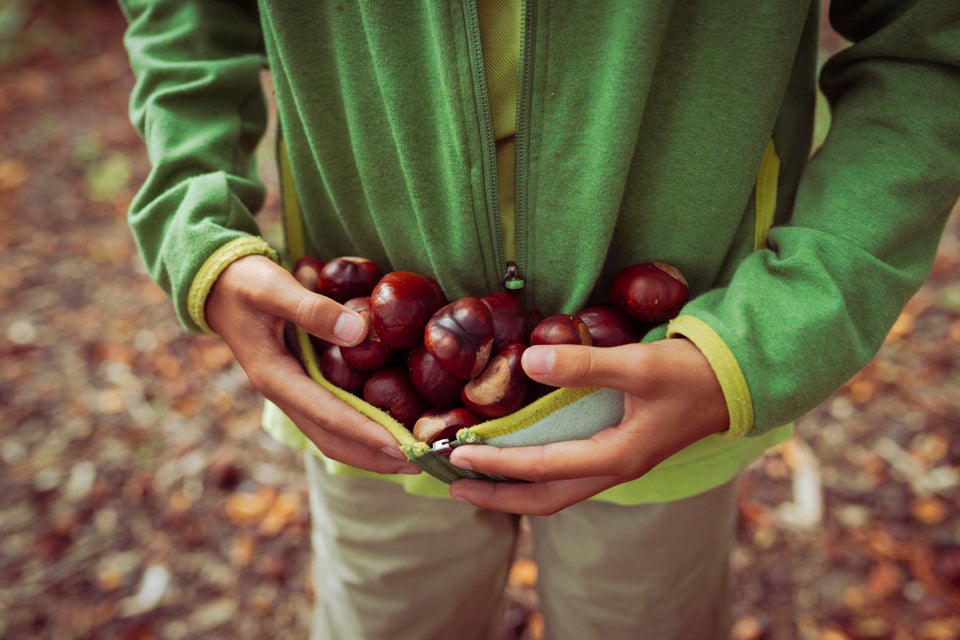

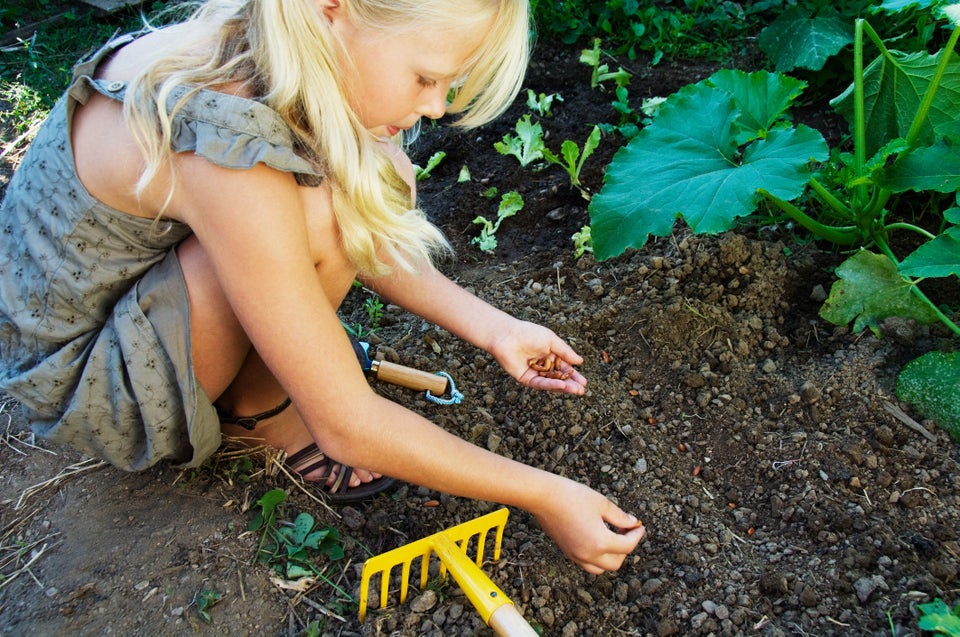
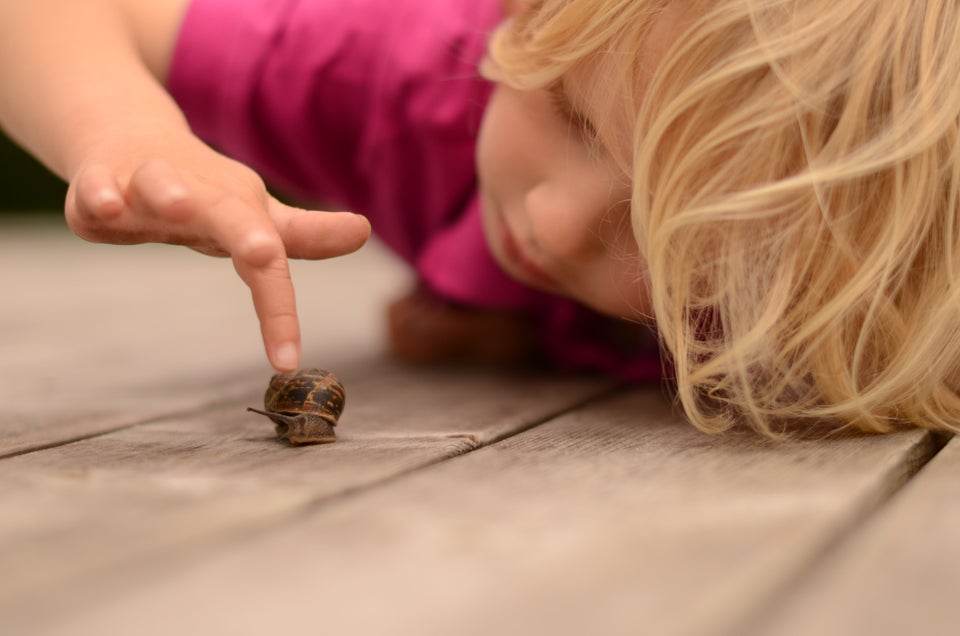
MORE INSPIRATION:
Looking for more inspiration to help you and your little one enjoy the great outdoors? Try these websites...
The National Trust’s Children & Nature
The National Trust’s 50 things to do before you’re 11¾